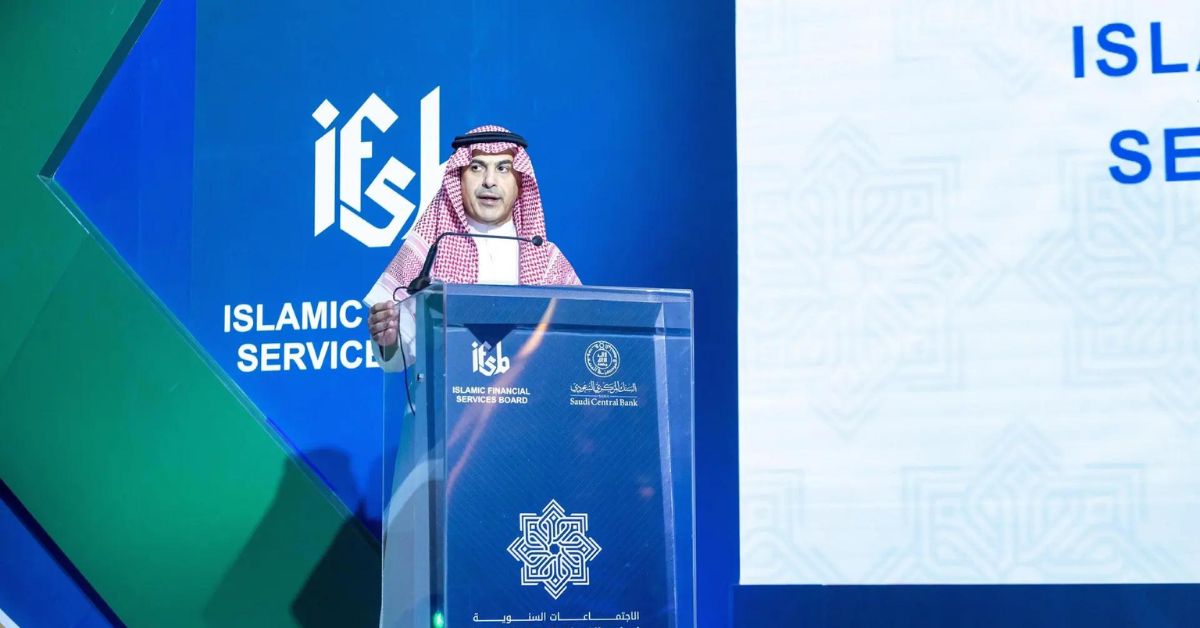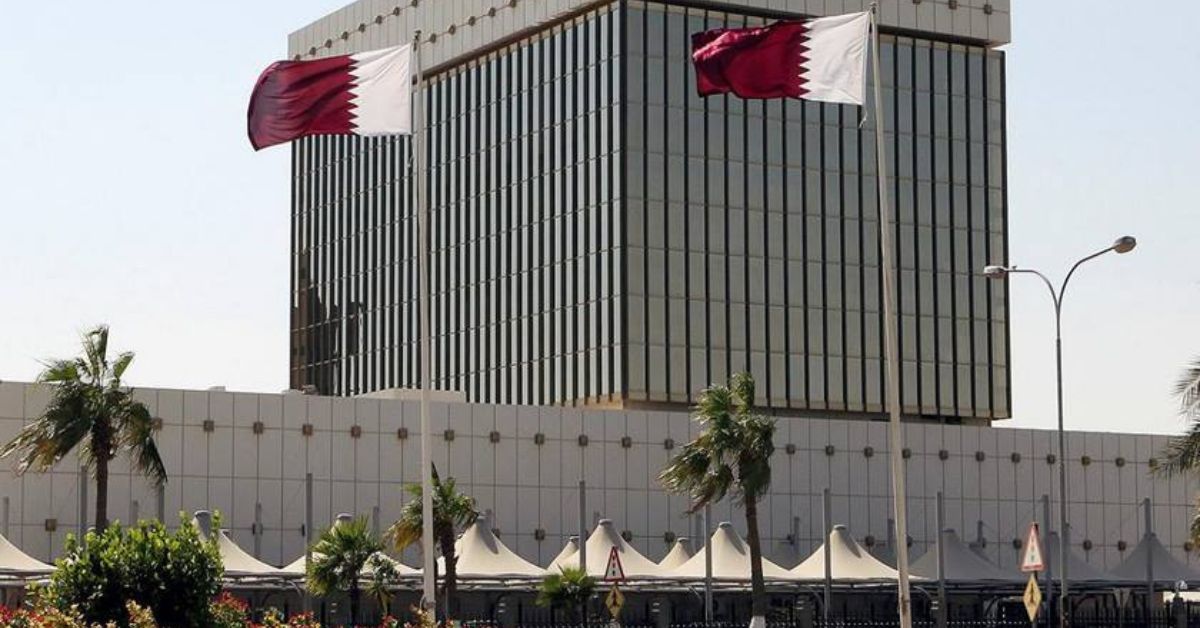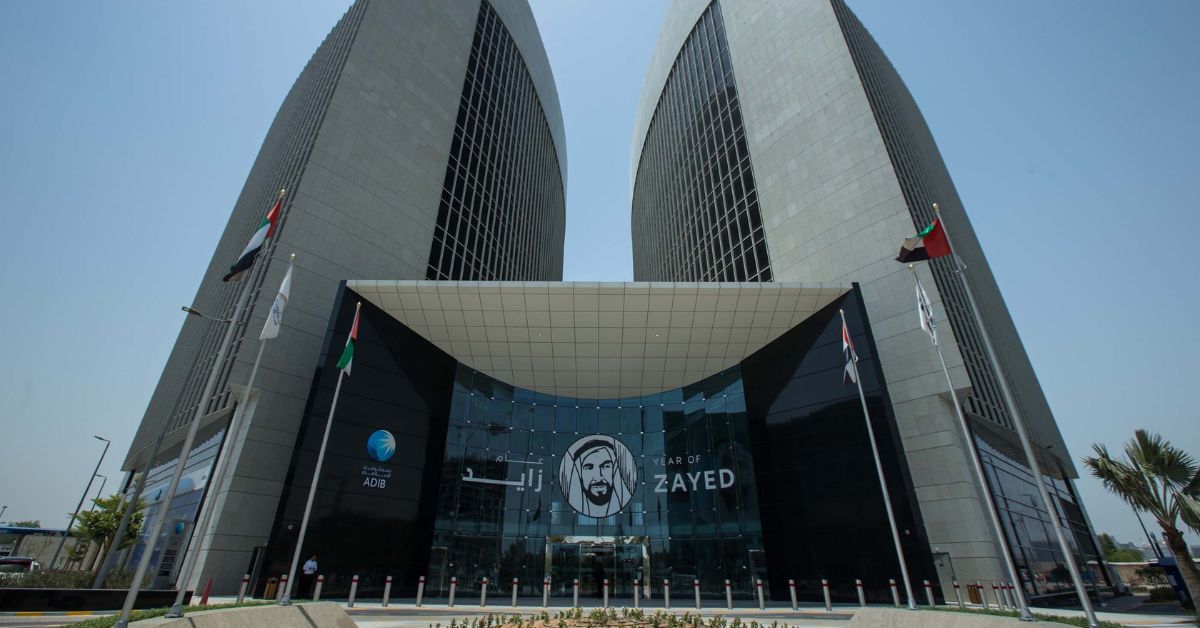Kuwait City – The GCC banking sector experienced sustained growth in lending during Q2-2023, even as interest rates hit multi-decade highs due to rate hikes in the US.
Aggregate outstanding credit facilities in nearly all GCC countries displayed sequential growth for the quarter, primarily driven by a strong projects market pipeline and governmental measures to mitigate the effects of rising interest rates.
Additionally, the announcement of several major projects and reform initiatives in the GCC further amplified corporate lending.
Kamco Invest’s recent report indicates that the aggregate gross loans for GCC-listed banks achieved a new record, reaching US$1.9 trillion by the end of Q2-2023.
The quarter-on-quarter growth was 1.9 percent, equivalent to US$36.3 billion, supported by growth across all GCC markets. In a similar vein, aggregate net loans saw a slightly smaller increase of 1.7 percent over the quarter, amounting to US$1.8 trillion.
GCC Lending During Q2, 2023 * The Quarter-on-quarter growth for aggregate gross loans was 1.9%, equivalent to US$36.3 billion. * Aggregate net loans increased by 1.7% over the quarter, totaling US$1.8 trillion. * Customer deposits grew by 1.0% quarter-on-quarter, reaching US$2.3 trillion. * The GCC's loan-to-deposit ratio stood at 79.0% by end of Q2-2023. * Total net income for the quarter reached US$13.7 billion, a 3.5% increase. * Saudi Arabia's PMI was 59.6 in June-2023, and 57.7 in July-2023. * Saudi Arabia recorded a 2.5% growth in outstanding credit facilities in Q2-2023. * GCC banks' aggregate gross loans rose by 1.9% q-o-q and 6.5% y-o-y. * Saudi-listed banks' lending grew by 2.7% q-o-q, reaching US$640 billion. * Bahrain-listed banks saw a 2.5% growth, reaching US$58 billion in gross loans. * UAE-listed banks' lending grew by 2.1%, totaling US$529 billion. * Conventional banks' lending grew by 2.2%, reaching US$1.3 trillion. * Islamic lenders saw a growth of 1.3%, with loans totaling US$596 billion. * Net interest income in Q2-2023 was US$20.0 billion, up from US$19.8 billion in Q1-2023. * Cost of funds in Q2-2023 reached 3.1%, up from 2.5% in Q1-2023. * Year-on-year growth in net interest income was 16.2%. * Kuwaiti banks saw the largest q-o-q increase in net interest income at 3.3%, totaling US$2.2 billion.
Regarding liquidity, customer deposits grew at a more modest rate of 1.0 percent quarter-on-quarter, totaling US$2.3 trillion. This was after a dip in customer deposits in Qatar and Kuwait was counterbalanced by increased deposits in other markets.
Consequently, the faster growth in gross loans compared to customer deposits resulted in a minor increase in the overall loan-to-deposit ratio for the GCC, which stood at 79.0 percent by the end of Q2-2023.
The report also highlighted that the total net income reached US$13.7 billion, with a quarter-on-quarter surge of 3.5 percent. This growth was bolstered by both elevated net interest income and non-interest income during the quarter. Kamco’s analysis covered the financials of 58 listed banks in the GCC for Q2-2023.
Liquidity management
Regional banks effectively managed liquidity risks. Although customer deposits in GCC banks have seen slower growth in recent quarters, leading to a gradual uptick in the loan-to-deposit ratio, most central banks in the GCC have confirmed sufficient liquidity in the banking sector and pledged ongoing support.
An S&P report also emphasized the robust and stable funding profile of the region’s banks, primarily through customer deposits, and their ability to rely on external funding during liquidity stress periods.
The governor of SAMA recently underscored the robust liquidity and capitalization of banks in the Kingdom, noting that lending risks remain moderate and all precautionary banking system ratios surpass Basel standards.
Resilient lending
Despite higher interest rates, credit growth in the GCC remained robust during Q2-2023, signaling vigorous economic activity and business confidence. Manufacturing data from Bloomberg (Markit Whole Economy Surveys) revealed strong PMI figures throughout the quarter for Dubai, Qatar, Saudi Arabia, and the UAE.

The manufacturing activity in Saudi Arabia remained robust with PMI at 59.6 points during June-2023 and remained elevated at during July-2023 at a slightly lower mark of 57.7. UAE and Qatar also boasted strong PMI figures of 56.9 and 53.8 during June-2023.
Data from GCC central banks showed a growth in lending activity across the region during Q2-2023 although the rate of growth decelerated in several markets during the quarter.
Saudi Arabia recorded the strongest growth in outstanding credit facilities during Q2-2023 at 2.5 percent while growth in Kuwait, Qatar, Bahrain and Oman were below 1 percent. Growth in Saudi lending was led by utilities, real estate and Trade sectors that saw more than 5 percent q-o-q growth during Q2-2023. Personal facilities were also up 2.2 percent during the quarter while a decline in the finance sub-group partially offset the overall growth.
For UAE, although data for the quarter was not available at the time of writing this report, the Q2-2023 quarterly credit sentiment survey from the central bank of UAE showed that banks were willing to lend given the positive economic outlook and improving asset quality.
In terms of sectors in the UAE, growth was seen in the retail and wholesale trade sector, followed by manufacturing and property development. In addition, the positive outlook for the property market, higher customers’ sales, and increase in fixed asset investment resulted in higher credit demand that more than offset the negative impact of rising interest rates.
In Kuwait, the marginal q-o-q growth of 0.2 percent came after growth in larger subgroups including installment loans, real estate and trade were offset by declines in lending to other sectors.
Listed bank lending
GCC banks consistently recorded lending growth in Q2-2023, with all GCC markets contributing. Aggregate gross loans hit a new record of US$1.91 trillion, a rise of 1.9 percent quarter-on-quarter and 6.5 percent year-on-year, predominantly fueled by significant growth in banks in Saudi Arabia, UAE, and Bahrain.
Saudi-listed banks once again reported the strongest q-o-q growth in lending at 2.7 percent to reach US$640 billion at the end of Q2-2023.
Bahrain-listed banks were next with a growth of 2.5 percent in gross loans that reached US$58 billion followed by UAE-listed banks with a growth of 2.1 percent to reach US$529 billion.

Banks in Kuwait, Qatar and Oman reported slightly smaller growth in gross loans during the quarter. In terms of type of banks, conventional banks once again recorded a bigger growth in lending during the quarter with a growth of 2.2 percent to reach aggregate conventional loans of US$1.3 trillion, while Islamic lender’s lending grew at almost half that pace of 1.3 percent to reach US$596 billion.
The trend in net loan growth was almost in line with gross loan with aggregate net loans at US$1.82 Trillion at the end of Q2-2023 registering a q-o-q growth of 1.7 percent. The growth was led by higher net loans recorded in all GCC countries with Saudi Arabia recording the biggest growth of 2.8 percent q-o-q while that in Qatar was flat.
Net interest income
Banks listed in the GCC saw a partial recovery in net interest income in Q2-2023 after a decline in the previous quarter.
Total net interest income for Q2-2023 was US$20.0 billion, up from US$19.8 billion in Q1-2023, but still below the all-time high of US$20.1 billion from Q4-2022. This increase occurred even as the cost of funds reached a near-record 3.1 percent, compared to 2.5 percent in Q1-2023.
In terms of y-o-y growth, however, the growth in net interest income was healthy at 16.2 percent reflecting increasing impact of consecutive rate hikes implemented by banks in the GCC following rates hikes in the US.
The q-o-q trend in the GCC remained mixed with Oman and Qatar recording declines during the quarter while the rest of the country aggregates showed growth.
Kuwaiti banks recorded the biggest q-o-q increase in net interest income during Q2-2023 at 3.3 percent to reach US$2.2 billion followed by UAE and Bahraini banks with growth of 1.7 percent and 1 percent, respectively. Saudi banks reported a marginal growth of 0.2 percent to reach net interest income of US$6.8 billion, slightly above UAE-listed banks aggregate of US$6.6 billion.







